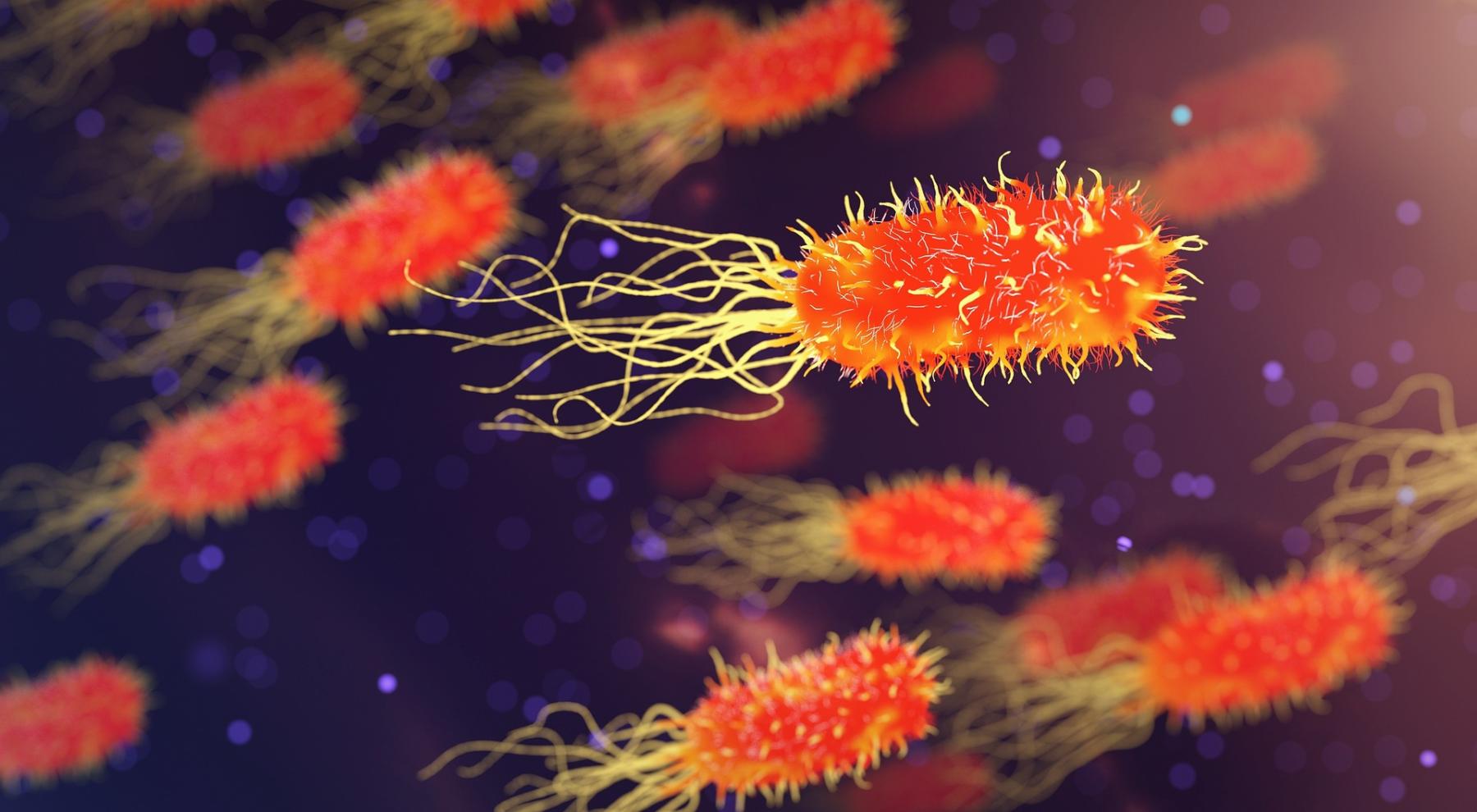
Microscopy
by Cristi Sims
In studying science, we are limited by the bounds of our own senses when collecting data. By developing technology that allows us to enhance and extend our senses, we can study things we would not ordinarily be able to. Telescopes look into the farthest reaches of space and microscopes enable us to look deep within our own cells. By using microscopes, we can observe cells on a level that we could never see with our naked eyes. This lesson plan includes digital resources to enhance a student's understanding of scale, parts of a microscope, how to use a microscope and then taking photos/videos with their own cell phones through the microscope to obtain real images of cells that they will discuss in a video submission.
Lesson Plan Link/URL
https://docs.google.com/presentation/d/1L_2GKC3gXdJD4btzukFm-G4rPpLzZPLz/edit?u…
Featured
Off
Related Content

Grades:
9th Grade, 10th Grade, 11th Grade, 12th Grade
This lesson has an inquiry hands-on approach, students design a protocol to isolate microbes and test how efficient their method is by comparing with the class results. This is presented under the

Grades:
9th Grade, 10th Grade, 11th Grade, 12th Grade
This lesson discusses and gives you a more in-depth understanding of the relationship of particles that are held together by a certain amount of energy. The energy is required to break bonds and the

Grades:
7th Grade, 8th Grade, 9th Grade, 10th Grade, 11th Grade, 12th Grade
Students will study car barrier engineering in this lesson. They will study how Newton’s Second Law of motion can be applied to determine how to decrease the force of impact during a collision. They